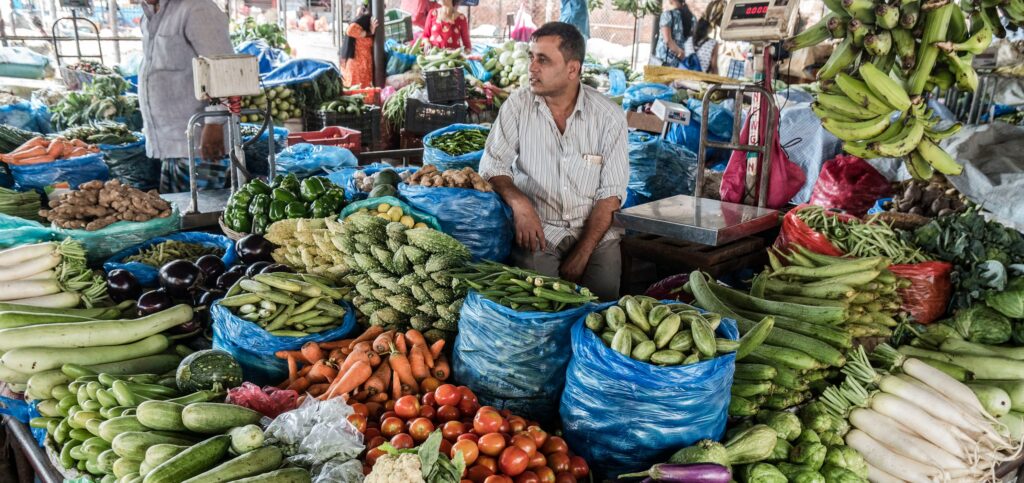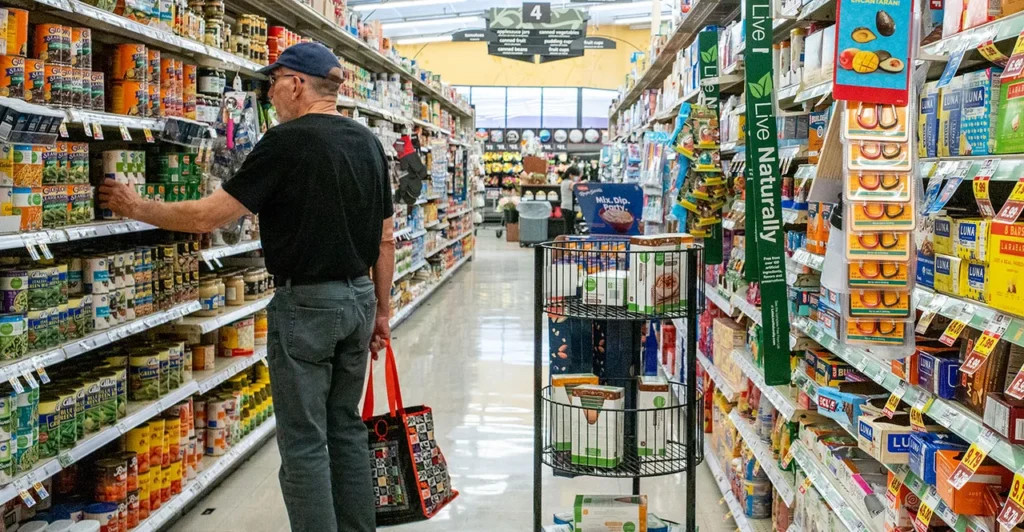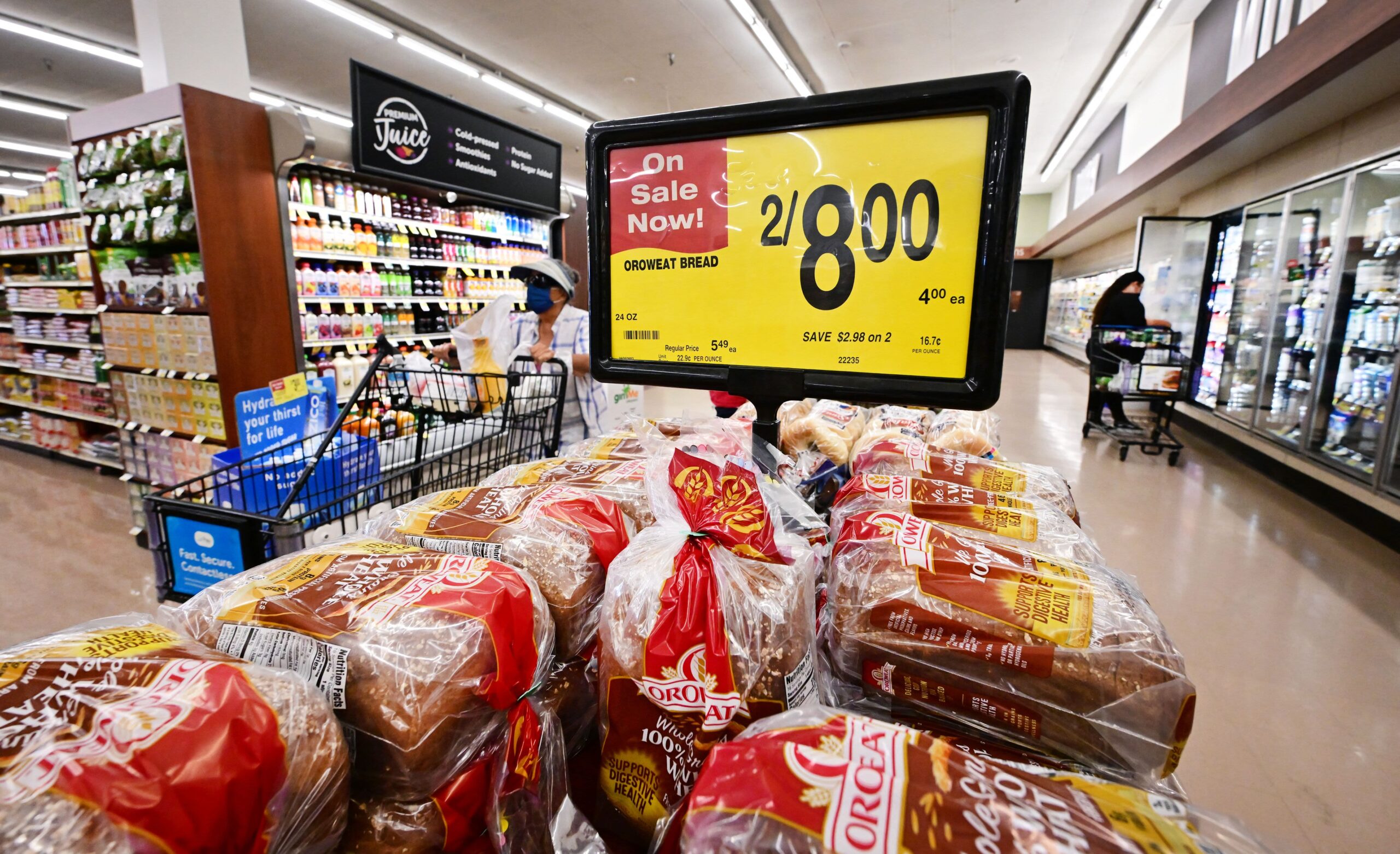Food & Climate
Global hunger declined in 2024, but the latest estimates remain above pre-pandemic levels. High food price inflation in recent years is contributing to a slow recovery in food security, according to the State of Food Security and Nutrition in the World 2025 report, released today, Monday, July 28, 2025, by five specialized United Nations agencies.
An estimated 8.2% of the world’s population, or about 673 million people, will experience hunger in 2024, down from 8.5% in 2023 and 8.7% in 2022. However, it continues to rise in most subregions of Africa and West Asia.
Launched during the Second UN Food Systems Summit Stocktake (UNFSS+4) in Addis Ababa, SOFI 2025 indicates that between 638 and 720 million people faced hunger in 2024. Based on the point estimate of 673 million, this represents a decrease of 15 million people from 2023 and of 22 million from 2022, according to the report that “Food & climate” platform received.
Notable improvements are seen in southern Asia and Latin America. The prevalence of undernourishment (PoU) in Asia fell from 7.9% in 2022 to 6.7%, or 323 million people, in 2024. Additionally, Latin America and the Caribbean as a region saw the PoU fall to 5.1%, or 34 million people, in 2024, down from a peak of 6.1% in 2020.
Unfortunately, this positive trend contrasts sharply with the steady rise in hunger across Africa and western Asia, including in many countries affected by prolonged food crises. The proportion of the population facing hunger in Africa surpassed 20% in 2024, affecting 307 million people, while in western Asia an estimated 12.7% of the population, or more than 39 million people, may have faced hunger in 2024.
It is projected that 512 million people could be chronically undernourished by 2030. Almost 60% of those will be in Africa. This highlights the immense challenge of achieving SDG 2 (Zero Hunger), warned the Food and Agriculture Organization of the United Nations (FAO), the International Fund for Agricultural Development (IFAD), the United Nations agency for children (UNICEF), the UN World Food Programme (WFP), and the World Health Organization (WHO).
Impacts of food price inflation

The State of Food Security and Nutrition 2025 report examines the causes and consequences of rising food prices during 2021-2023 and their impact on food security and nutrition.
The report highlights that the global policy response to the COVID-19 pandemic—characterized by large-scale fiscal and monetary interventions—along with the effects of the war in Ukraine and extreme weather events, contributed to the recent inflationary pressures.
Food price inflation has hampered the post-pandemic recovery in food security and nutrition. Since 2020, global food price inflation has consistently outpaced headline inflation. The gap peaked in January 2023, with food price inflation reaching 13.6%, 5.1 percentage points higher than the overall rate of 8.5%.
Low-income countries have been particularly affected by rising food prices. While global average food price inflation rose from 2.3% in December 2020 to 13.6% in early 2023, it rose even more sharply in low-income countries, peaking at 30% in May 2023.
Food affordability declines
Despite rising global food prices, the number of people unable to afford a healthy diet fell from 2.76 billion in 2019 to 2.60 billion in 2024.
However, the improvement was uneven. In low-income countries, where the cost of a healthy diet rose sharply compared to high-income countries, the number of people unable to afford a healthy diet rose from 464 million in 2019 to 545 million in 2024. In lower-middle-income countries (excluding India), the number rose from 791 million in 2019 to 869 million over the same period. Between 2023 and 2024, the global prevalence of moderate or severe food insecurity—an assessment that captures the experience of restricted access to adequate food for part of the year—decreased slightly from 28.4% to 28.0%, encompassing 2.3 billion people. This is 335 million more people than in 2019, before the COVID-19 pandemic, and 683 million more than in 2015, when the Sustainable Development Agenda was adopted.

The report recommends a range of policy responses to food price inflation. These include targeted, time-bound fiscal measures, such as social protection programs, to protect vulnerable households; credible and transparent monetary policies to contain inflationary pressures; and strategic investments in agrifood research and development, transport and production infrastructure, and market information systems to improve productivity and resilience.

